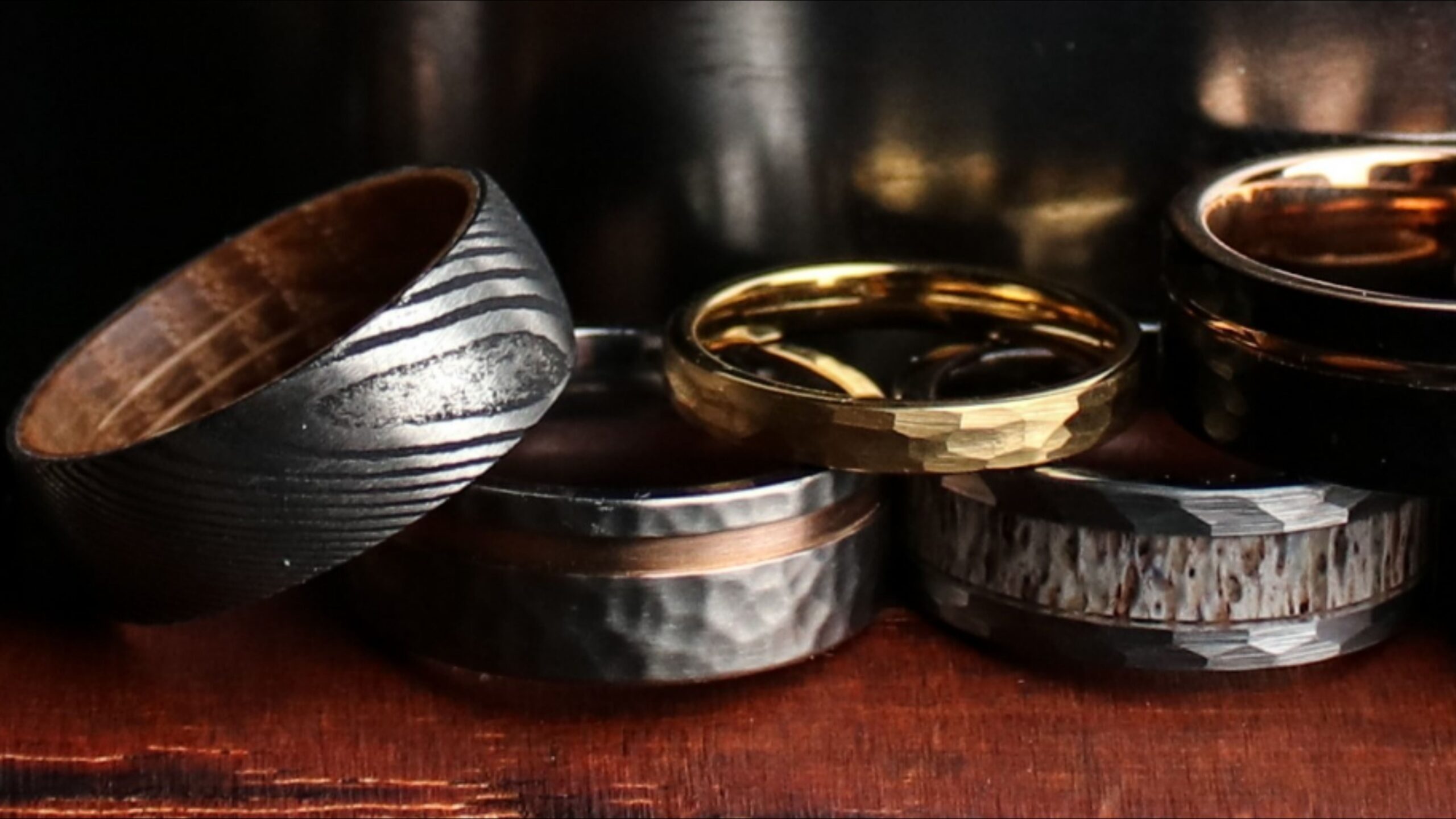iPhone 11 LCD vs. OLED: What’s the Difference?
When shopping for an iPhone or considering an iPhone 11 LCD, you might have come across terms like LCD and OLED. While both display types have their own advantages, understanding the differences can help you make an informed decision.

When shopping for an iPhone or considering an iPhone 11 LCD, you might have come across terms like LCD and OLED. While both display types have their own advantages, understanding the differences can help you make an informed decision. The iPhone 11, specifically, comes with an LCD screen, while its premium counterparts, the iPhone 11 Pro and Pro Max, feature OLED displays. If you're thinking about an iPhone 11 screen replacement, knowing the differences between these technologies is crucial. Let’s break down the key differences between these two screen technologies and how they impact your viewing experience.
What is LCD?
LCD, or Liquid Crystal Display, is a type of screen technology that uses a backlight to illuminate pixels. The iPhone 11 features a Liquid Retina HD display, which is an advanced form of LCD designed for better color accuracy and brightness. Here’s how LCD screens work:
- A backlight (typically made of LEDs) provides a uniform light source.
- Liquid crystals manipulate the light to produce different colors.
- A filter layer ensures the display outputs accurate color representation.
Pros of LCD Screens
· Lower Cost – LCD panels are more affordable, reducing the overall price of the device.
· Durability – LCD screens are generally more resistant to screen burn-in compared to OLED.
· Consistent Brightness – Since LCDs use a backlight, they maintain consistent brightness levels across the entire screen.
· Better Lifespan – LCD screens typically last longer because they don’t suffer from burn-in issues as OLED screens do.
Cons of LCD Screens
· Lower Contrast – Since LCD relies on a backlight, blacks appear more like dark gray rather than true black.
· Less Power Efficient – The backlight is always on, even for dark images, leading to higher battery consumption.
· Bulkier Design – LCDs require more components, making the display slightly thicker than OLED.
What is OLED?
OLED, or Organic Light-Emitting Diode, is a display technology where each pixel emits its own light. This means pixels can turn completely off, resulting in true blacks and superior contrast. The iPhone 11 Pro and iPhone 11 Pro Max feature Super Retina XDR OLED displays, providing enhanced image quality.
Pros of OLED Screens
· True Blacks and High Contrast – Since pixels can turn off individually, OLED achieves infinite contrast ratios.
· Energy Efficient – OLED consumes less power when displaying dark images because black pixels use no power.
· Better Colors and Sharpness – OLED screens support HDR (High Dynamic Range) and offer more vibrant colors.
· Thinner and Lighter – OLED displays require fewer layers, making them thinner and more flexible.
Cons of OLED Screens
· More Expensive – OLED technology costs more, increasing the overall price of devices that use it.
· Potential Burn-in Issues – Over time, static images (like app icons or notification bars) can leave permanent marks on OLED screens.
· Brightness Variation – OLED screens may dim slightly over time, especially with prolonged use of high brightness settings.
If you prioritize cost-effectiveness and durability, the iPhone 11’s LCD is a solid choice. However, if you want deeper blacks, better contrast, and vibrant colors, an OLED display (like on the iPhone 11 Pro) is worth the extra investment.
Conclusion
Both LCD and OLED have their strengths and weaknesses. The iPhone 11’s LCD display is durable, bright, and cost-efficient, making it a great option for everyday use. On the other hand, the OLED screens on the iPhone 11 Pro models offer stunning visuals, richer colors, and true blacks for an enhanced experience. Whether you’re replacing a screen or deciding on which iPhone model to buy, understanding these differences will help you choose what best fits your needs.
What's Your Reaction?



















.jpg)
